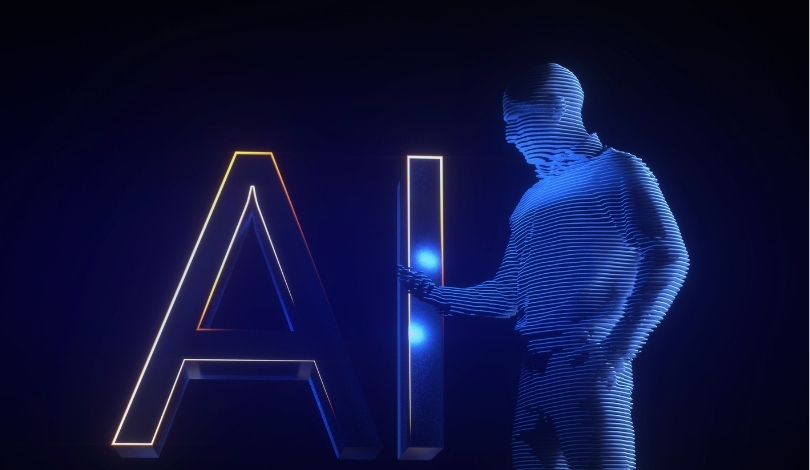Voice assistants have become increasingly common in devices, but their reliance on sound limits their interactions. SoundHound AI is expanding its capabilities by fusing visual awareness with its established audio technology, unlocking new possibilities for natural human-AI interaction. Many users struggle with voice-only responses in environments where context—like visual cues—matters. With the integration of Vision AI into its portfolio, SoundHound aims to bridge this gap and create a more useful interface for both individuals and businesses. Vision AI also holds potential for industries requiring complex, real-time decisions, such as automotive, retail, and services, where immediate context is essential.
Earlier news reports covering SoundHound AI’s developments largely highlighted incremental updates to its conversational intelligence, focusing on speed and the breadth of comprehension. The company has offered robust solutions in voice command and natural language processing, but its foray into pairing these technologies with live visual data marks a departure from previous progressions that emphasized software optimizations rather than multimodal interaction. Previous launches were generally restricted to voice and audio processing enhancements, whereas the current move attempts to address bigger limitations associated with context awareness in real-world applications.
How Does Vision AI Create More Natural Interactions?
Vision AI accepts live camera input and integrates it with SoundHound’s conversational AI, which is already known for natural language understanding. By analyzing what it hears and sees simultaneously, the system attempts to clarify the user’s intention more precisely. Such fusion offers practical advantages in everyday situations, such as when a driver queries information about roadside buildings without needing to access a separate device.
What Applications Are Targeted?
SoundHound AI is targeting uses across various environments, including automotive systems, quick-service restaurants, and industrial workplaces. Real-time integration allows shop employees or mechanics to access visual and audio support as they work, while customers benefit from immediate and visual confirmation of spoken orders in retail or dining situations. The synchronization of sight and sound is seen as vital for these scenarios to function smoothly.
How Does SoundHound Ensure Performance?
One major technical challenge lies in aligning audio and visual input without perceptible lag, as a mismatch could disrupt user experience. According to Pranav Singh, VP of Engineering,
“With Vision AI, we are fusing visual recognition and conversational intelligence into a single, synchronised flow. Every frame, every utterance, every intent is interpreted within the same ecosystem—ensuring faster, more natural user experiences that scale across surfaces from kiosks to embedded devices.”
The company is also aiming to make advanced AI more suited for practical, daily use by emphasizing accuracy and control.
Keyvan Mohajer, CEO of SoundHound AI, emphasized the company’s broader integration ambitions:
“At SoundHound, we believe the future of AI isn’t just multimodal—it’s deeply integrated, responsive, and built for real-world impact.”
Alongside Vision AI, SoundHound’s recent software update, Amelia 7.1, aims to further enhance its agents’ response times and reliability, offering business customers improvements in transparency and operational control.
Real-world applications of AI often demand a blend of multiple sensory inputs to provide users with the best experience. SoundHound AI’s launch of Vision AI reflects a shift in the field, from incremental improvements in voice technology to broader efforts at creating systems with contextual awareness. For organizations evaluating AI solutions, considering systems that process both visual and auditory inputs could deliver measurable benefits—such as reducing errors and strengthening user engagement. As the integration of sensors into AI becomes more standard, businesses will likely need to weigh both technical challenges and user experience objectives when adopting multimodal systems.










